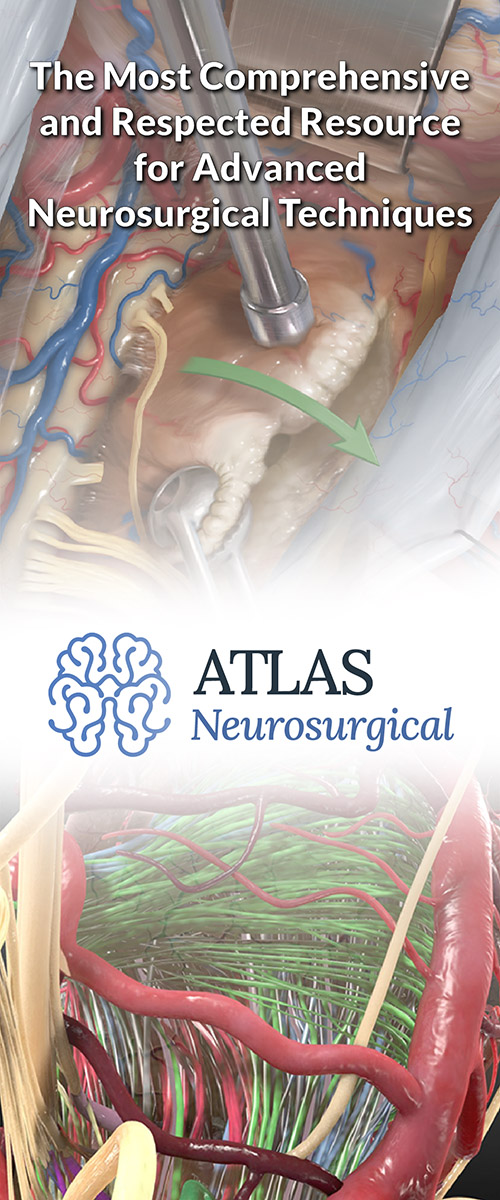Glioma vs. Glioblastoma: Understanding the Differences
Glioma and glioblastoma are both types of brain tumor diagnoses. Since they sound similar, differentiating them can be challenging for patients who have encountered these terms in their diagnoses. It is not uncommon for patients to ask their doctors, "are glioma and glioblastoma the same?"
However, glioma and glioblastoma have distinct characteristics, treatments and prognoses. Knowing the differences between glioma vs. glioblastoma may help patients better understand their condition, prepare for potential outcomes and empower them to make more informed decisions regarding their care.
In this article, we talk about the following:
- The difference between glioma and glioblastoma.
- High-grade glioma vs. glioblastoma.
- The importance of proper diagnosis for glioma and glioblastoma.
What Are Gliomas and Glioblastomas?
Before we get into gliomas vs. glioblastomas, we must first learn about glial cells. Also known as neuroglia, glial cells are found in the central and peripheral nervous systems. They protect and support the neurons in the brain. Neurons carry information throughout the body and are responsible for processing sensory input, such as sight, sound, touch, and smell, forming memories and thoughts, controlling movements, and other crucial body functions.
Understanding Glioma
A glioma is a common type of tumor that originates in the glial cells of the brain or the spinal cord. Gliomas are a common type of primary brain tumor. This means gliomas do not develop elsewhere in the body and only metastasize to the brain. Instead, gliomas originate in the glial cells of the brain or spinal cord. As gliomas grow, they press on and infiltrate the tissues of the brain or spinal cord, causing symptoms.
Gliomas are categorized according to the type of glial cell they develop from:
- Astrocytoma: These are glial cell tumors that develop from astrocytes, a sub-type of glial cells found in the central nervous system.
- Oligodendroglioma: These tumors typically form in the brain but may also develop in the spinal cord. They develop from glial cells called oligodendrocytes and grow slowly, but they can turn aggressive over time.
- Ependymoma: These are tumors that begin in glial cells called ependymal cells. Ependymomas are more common in children than adults.
Gliomas are further classified by the World Health Organization (WHO) into four grades: I, II, III and IV. The grades are based on various factors, including the tumor's growth potential and aggressiveness.
Grades I and II are considered "low-grade" gliomas. Low-grade gliomas are considered less malignant or cancerous, yet they grow slowly. They also only make up 20% of brain tumor diagnoses.
Meanwhile, Grades III and IV are considered high-grade gliomas. Gliomas classified as high-grade grow quickly and can spread through normal brain tissue. They are aggressive and difficult to treat.
Why should you have your surgery with Dr. Cohen?
Dr. Cohen
- 7,000+ specialized surgeries performed by your chosen surgeon
- More personalized care
- Extensive experience = higher success rate and quicker recovery times
Major Health Centers
- No control over choosing the surgeon caring for you
- One-size-fits-all care
- Less specialization
For more reasons, please click here.
Understanding Glioblastoma
In a previous section, we talked about astrocytoma, a category of glioma. A glioblastoma is a type of astrocytoma.
Like other astrocytomas, glioblastomas develop from astrocytes. A glioblastoma is also called a "Grade IV astrocytoma." Like other gliomas classified as high-grade, glioblastoma multiforme (GBM) tumors are fast-growing. However, glioblastomas are considered the most aggressive and challenging to treat. They can invade nearby brain tissues; they typically do not spread to other organs.
The answer to the question "are glioma and glioblastoma the same?" is: Not necessarily. All glioblastomas are gliomas, but not all gliomas are glioblastomas.
The difference between glioma and glioblastoma can be summarized as such: "Glioma" is an umbrella term for primary brain tumors originating in glial cells. Meanwhile, "glioblastoma" is a type of glioma originating in astrocytes and is classified as high-grade.
High-Grade Glioma vs. Glioblastoma
High-grade gliomas (HGGs) are aggressive and malignant brain tumors. Glioblastoma is one example of a HGG. However, there are other kinds. These include:
- Anaplastic astrocytoma (AA): A Grade III, malignant glioma that is less aggressive than glioblastoma.
- Anaplastic oligodendroglioma (AO): A Grade III oligodendroglioma that is relatively rare.
- Anaplastic mixed oligoastrocytoma (AOA): A Grade III glioma that develops when two types of glial cells, oligodendrocytes and astrocytes, grow rapidly and form a mass.
- Gliosarcoma: A highly aggressive, Grade IV glioma that is a variant of glioblastoma.
- Giant cell glioblastoma: A form of glioblastoma that contains giant, abnormal cells.
Glioma vs. Glioblastoma: Why It's Important to Get an Accurate Diagnosis
An accurate and timely diagnosis is critical to the prognosis of patients with glioblastoma or other types of gliomas. Simply put, the sooner you are accurately diagnosed, the faster your treatment can begin.
Also, treatment approaches and prognoses vary depending on the type and grade of a glioma. An accurate diagnosis helps your healthcare team create a treatment plan appropriate to your condition and needs. Additionally, it helps your physicians provide you with a more precise prognosis so that you can plan for the future.
There are also support groups and other resources focused on specific types of gliomas. Knowing which kind you have will help you connect with the right ones and benefit from the support and information they provide throughout your treatment journey.
Get a Second Opinion From One of the World’s Most Prominent Neurosurgeons
Dr. Aaron Cohen-Gadol specializes in diagnosis and surgical treatment of brain tumors and is a recipient of the Vilhelm Magnus Medal, the highest honor in neurosurgery. He is the founder of the Neurosurgical Atlas, the world's largest not-for-profit organization for neurosurgical education in research. Dr. Cohen-Gadol has performed thousands of brain surgeries and mentored hundreds of surgeons.
Glioma patients who want to understand their options and get peace of mind regarding their original diagnosis can turn to Dr. Cohen-Gadol and his team for a second opinion. Seeking a second opinion helps determine whether their initial diagnosis was correct and introduce you to new treatment options that may help improve or advance your care.
To request a second opinion from Dr. Cohen-Gadol and his team, please fill out the online form and include details of your case history.
Resources
- American Association of Neurological Surgeons
- American Brain Tumor Association
- Brain Science Foundation
- National Brain Tumor Society
- American Cancer Society




